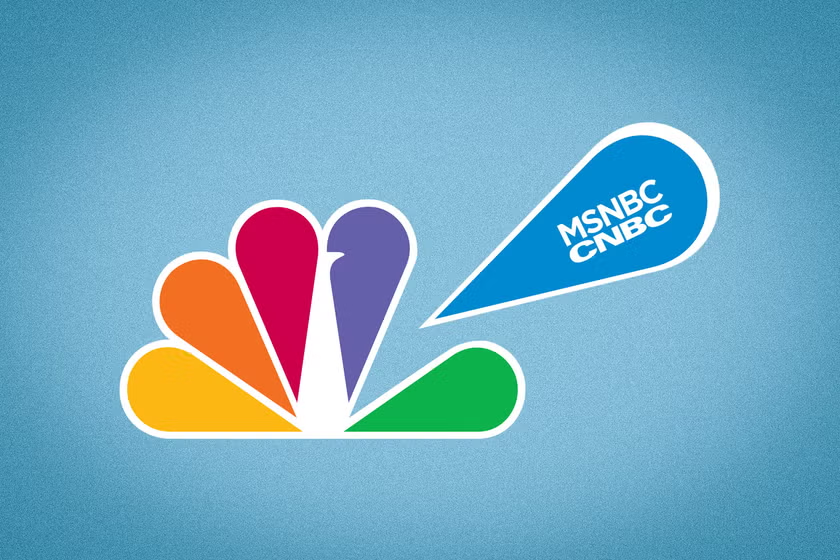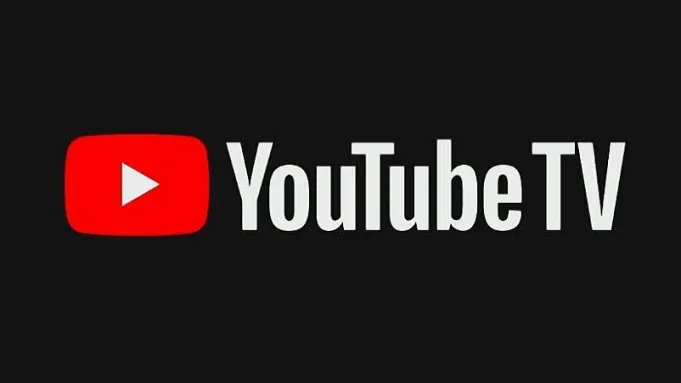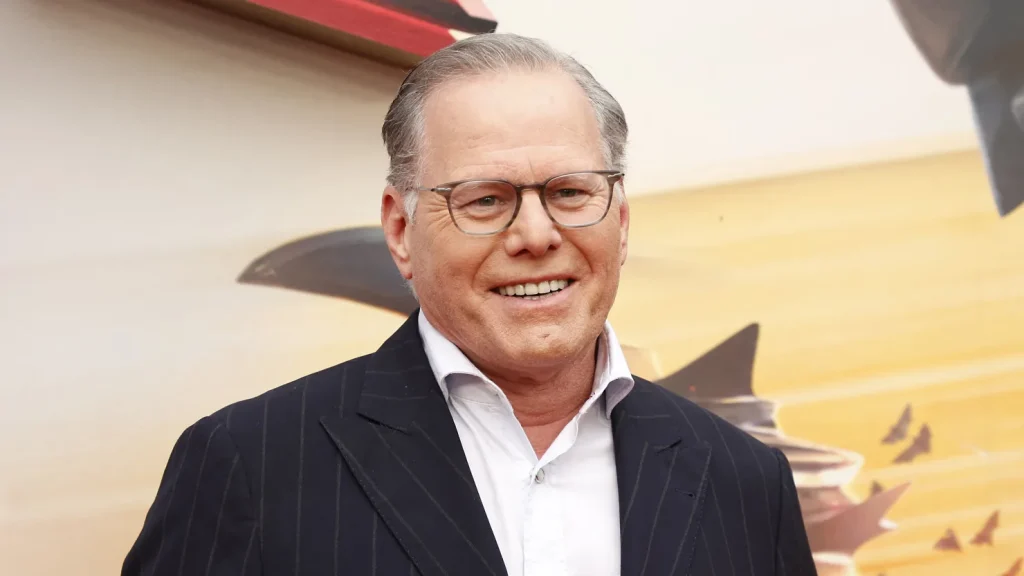Cable TV Faces Decline: 2024 Could Mark the End of an Era

Cable television, once the dominant form of entertainment and information delivery in homes across the globe, is quickly becoming a relic of the past.
With the rise of streaming platforms, changing consumer habits, and rising prices, cable TV’s future is increasingly uncertain.
Many experts believe that 2024 could mark the final chapter for cable TV, as it faces growing competition from more flexible, internet-based alternatives and shifts in consumer expectations.
The decline of traditional cable television has been a gradual process, but recent trends suggest that the end is near. Major cable providers have seen a dramatic loss in subscribers, with millions opting for cheaper, more convenient alternatives. As a result, the cable TV industry is in a state of upheaval, struggling to adapt to a rapidly changing media landscape.
The Rise of Streaming Platforms
The rise of streaming services like Netflix, Hulu, Amazon Prime Video, and Disney+ has been one of the most significant factors contributing to the decline of cable TV.
These platforms offer consumers on-demand access to a vast library of TV shows, movies, and original content at a fraction of the price of traditional cable subscriptions.
With the flexibility to watch content anytime, anywhere, streaming services have revolutionized the way people consume media.
According to recent studies, the number of households with cable TV has steadily decreased over the past decade, while streaming services have seen explosive growth.
In 2023, more than 80% of American households subscribed to at least one streaming service, while cable TV subscriptions continued to fall.
For many consumers, streaming services offer a more cost-effective and customizable alternative, making cable TV increasingly irrelevant.
Cord-Cutting: A Growing Trend
The trend of “cord-cutting,” or the decision to cancel cable TV subscriptions in favor of streaming, has gained significant momentum in recent years.
Younger generations, in particular, are leading the charge as they prioritize digital content, on-demand viewing, and flexibility.
Traditional cable TV packages often come with long-term contracts, expensive bundles, and channels that consumers don’t want, further pushing them toward streaming alternatives that offer greater freedom and choice.
In 2023 alone, millions of American households canceled their cable subscriptions, with many opting for more affordable and flexible options like YouTube TV, Sling TV, and other live TV streaming services.
While these services still replicate much of the traditional cable experience, they are typically less expensive, offer more channel options, and eliminate the need for expensive hardware and installation fees.
Rising Costs and Consumer Discontent
Another significant factor contributing to cable TV’s decline is the rising cost of subscriptions. Cable providers have raised their prices steadily over the years, pushing consumers to search for more affordable entertainment options.
The average monthly cable bill in the United States has skyrocketed to over $200 in some areas, leaving many consumers questioning the value of traditional TV services.
In contrast, streaming services typically offer subscription plans that are much more affordable. With options ranging from $10 to $20 per month, streaming platforms provide a budget-friendly alternative without sacrificing content quality.
As a result, many consumers are opting to “cut the cord” and move to digital streaming platforms that fit better into their budgets.
The pricing structure of cable TV is also increasingly seen as outdated, as consumers demand more transparency and flexibility in their entertainment choices.
Streaming services, on the other hand, are known for their no-strings-attached model, allowing users to cancel and resubscribe without penalties or long-term commitments.
The Shift in Viewing Habits
The way people watch TV is also changing, and cable TV is struggling to keep up with the shift. Audiences today are more likely to watch TV on their smartphones, tablets, and laptops than they are to sit in front of a traditional television set.
Streaming platforms have embraced this trend by optimizing their content for mobile viewing, allowing users to watch their favorite shows and movies on the go.
Cable TV, however, is largely designed for viewing on a single screen in the living room, making it less adaptable to the evolving needs of today’s viewers.
With a growing number of consumers opting to watch TV through mobile devices and smart TVs, traditional cable is simply not meeting the demand for convenience and portability.
The Future of Cable TV
While the decline of cable TV is undeniable, it’s not likely to disappear overnight. Many cable providers are adapting to the changing landscape by launching their streaming platforms and offering digital alternatives to traditional cable services.
These platforms, such as Comcast’s Xfinity Flex and AT&T’s DirecTV Stream, are designed to compete with the likes of Netflix and Hulu by offering live TV streaming and on-demand content.
However, even with these adaptations, it remains to be seen whether cable companies can successfully transition into the digital age.
Streaming platforms have a head start, and consumer preferences have shifted toward on-demand content that can be accessed anytime and anywhere.
As a result, cable TV providers are facing an uphill battle to regain relevance in a rapidly evolving media ecosystem.
The Decline of Traditional TV Advertising
Another area where cable TV is feeling the pinch is in advertising. As more viewers migrate to streaming platforms, traditional TV advertising is losing its effectiveness.
Advertisers are shifting their dollars to digital platforms that offer more precise targeting, measurable results, and a younger, more engaged audience.
This shift has led to a decline in ad revenue for cable networks, further exacerbating the financial challenges faced by the industry.
With fewer viewers tuning into traditional cable programming, networks are struggling to attract advertisers and maintain profitability.
Streaming platforms, on the other hand, have continued to attract advertisers, who are eager to tap into the vast, engaged audiences on platforms like YouTube, Hulu, and Netflix.
The End of Cable TV?
As we move into 2024, it’s clear that cable TV is on the decline. With streaming services dominating the media landscape, rising subscription costs, and changing consumer habits, traditional cable TV is struggling to stay relevant.
While it’s unlikely that cable will completely disappear in the immediate future, the industry is facing an uncertain road ahead.
The future of television is undoubtedly digital, and cable TV may soon become a thing of the past as more consumers opt for streaming services that offer flexibility, affordability, and a better viewing experience.
As more people embrace the convenience of on-demand content and mobile viewing, it’s increasingly unlikely that cable TV will be able to compete. For many, 2024 may be the year they finally say goodbye to traditional cable TV for good.






